Wolfram Function Repository
Instant-use add-on functions for the Wolfram Language
Function Repository Resource:
Generalize the Fibonacci numbers for complex inputs using Binet's Fibonacci formula
ResourceFunction["BinetFibonacci"][n] gives the Fibonacci number Fn using Binet's Fibonacci formula. |
Compute Fibonacci numbers:
| In[1]:= |
| Out[1]= |
Generalize to real-valued inputs:
| In[2]:= |
| Out[2]= |
| In[3]:= |
| Out[3]= |
Use symbolic inputs:
| In[4]:= |
| Out[4]= |
Compare to the formula used by Fibonacci:
| In[5]:= |
| Out[5]= |  |
Plot the real and imaginary components:
| In[6]:= |
| Out[6]= |  |
Evaluate numerically:
| In[7]:= |
| Out[7]= |
| In[8]:= |
| Out[8]= |
Evaluate to high precision:
| In[9]:= |
| Out[9]= |
Compare the real component to Fibonacci:
| In[10]:= |
| Out[10]= |
The precision of the output tracks the precision of the input:
| In[11]:= |
| Out[11]= |
Complex number inputs:
| In[12]:= |
| Out[12]= |
| In[13]:= |
| Out[13]= |
The curve intersects the real axis at the Fibonacci numbers:
| In[14]:= |
| Out[14]= | 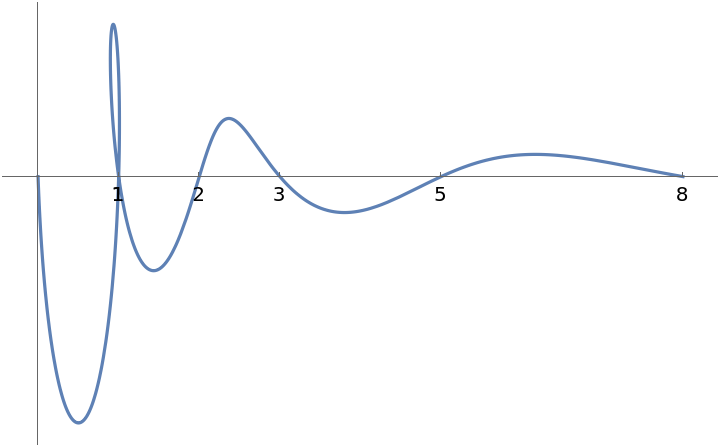 |
Negative inputs produce a spiral in order to alternate between positive and negative values:
| In[15]:= |
| Out[15]= | 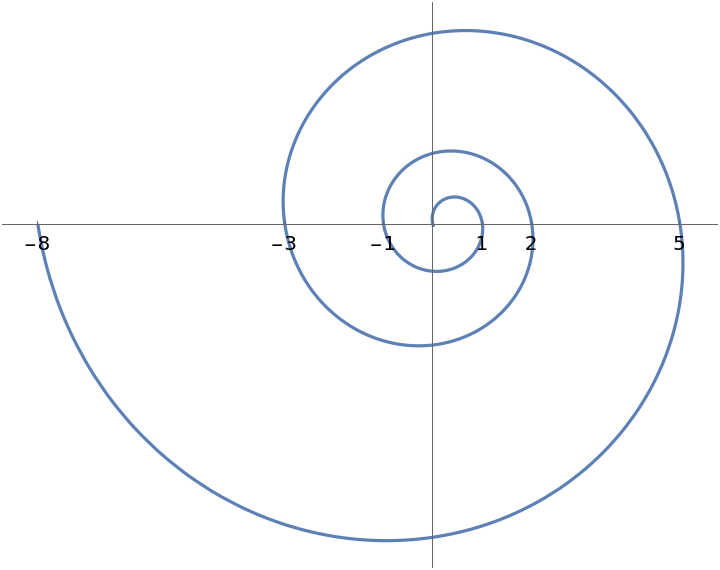 |
Verify with Fibonacci:
| In[16]:= |
| Out[16]= |
For real n, Re[BinetFibonacci[n]] is equivalent to Fibonacci[n]:
| In[17]:= |
| Out[17]= | 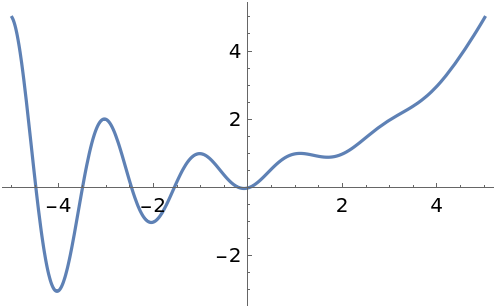 |
| In[18]:= |
| Out[18]= | 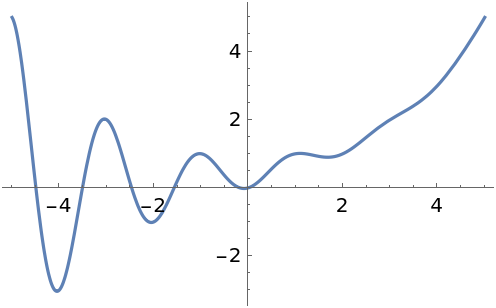 |
BinetFibonacci automatically threads over lists:
| In[19]:= |
| Out[19]= |
For large lists, it is more efficient to apply BinetFibonacci directly to the List rather than mapping it:
| In[20]:= |
| In[21]:= |
| Out[21]= |
| In[22]:= |
| Out[22]= |
The numerical error can become significant for larger values due to differing formulas:
| In[23]:= |
| Out[23]= | 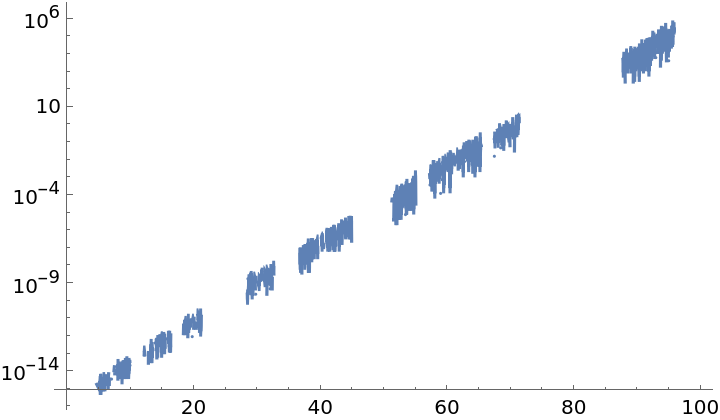 |
The resource function InverseFibonacci does not accept the complex values produced by BinetFibonacci:
| In[24]:= |
| Out[24]= |
Extract the real component first using Re:
| In[25]:= |
| Out[25]= |
This work is licensed under a Creative Commons Attribution 4.0 International License